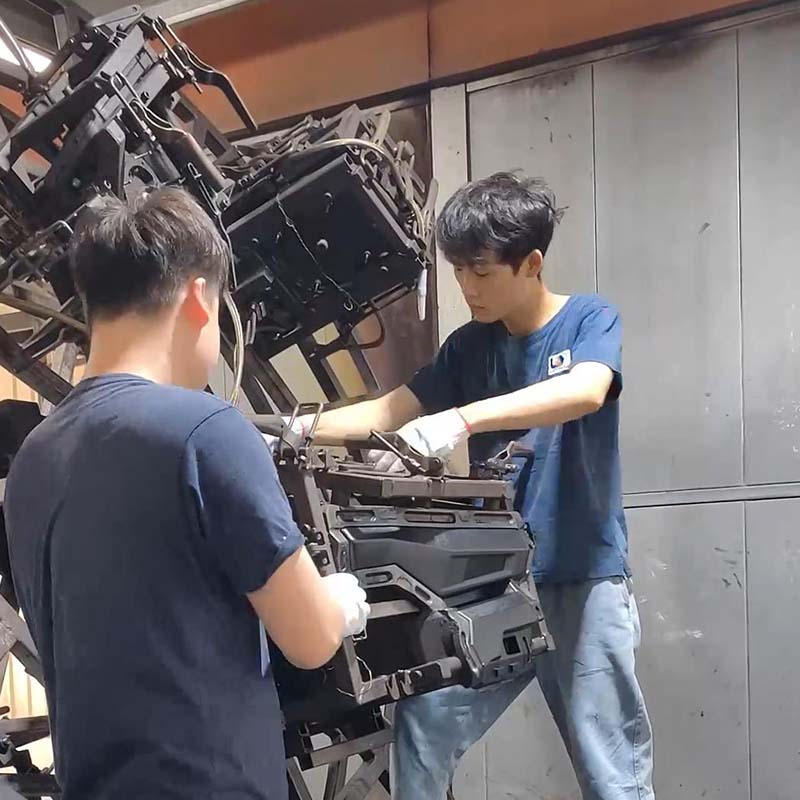How Does Rotomolding Compare to Injection Molding in Terms of Mold Cost
 Mar 04,2025
Mar 04,2025

How Does Rotomolding Compare to Injection Molding in Terms of Mold Cost
Rotomolding (rotational molding) and injection molding are two distinct manufacturing processes, each with its own cost structure and advantages. Here's a comparison of the two in terms of cost:
Initial Investment
- Rotomolding generally has lower tooling costs compared to injection molding. The molds used in rotomolding are typically made from thinner, less expensive materials like cast aluminum or sheet metal. This makes rotomolding more cost-effective for low to medium production runs or for large, hollow parts.
- Injection Molding requires high-precision, durable molds made from steel or aluminum, which are significantly more expensive to produce. The high tooling costs make injection molding more suitable for high-volume production where the cost per part can be amortized over a large number of units.
Unit Cost
- Rotomolding: Unit costs are generally higher due to slower cycle times. A single cycle can take up to a few hours. However, for small to medium production volumes, the lower mold costs make rotomolding more cost-effective.
- Injection Molding: Unit costs decrease significantly with higher production volumes. The process is highly efficient, with cycle times as short as a few seconds per part. This makes it ideal for large-scale production.
Production Volume
- Rotomolding: Best suited for low to medium production volumes (e.g., hundreds to thousands of units). The cost per unit remains relatively high due to slower production speeds.
- Injection Molding: More efficient and cost-effective for high-volume production (e.g., tens of thousands to millions of units). The high initial investment is offset by the low cost per unit at scale.
Material and Waste
- Rotomolding: Uses less material overall due to minimal waste during production. The process is also more environmentally friendly, as excess material can often be recycled.
- Injection Molding: May require more material and generate more waste, especially during setup and production of complex parts.
Design Flexibility
- Rotomolding offers greater design flexibility for large, complex hollow parts. It allows for features like undercuts and uniform wall thickness without additional tooling costs.
- Injection molding excels in producing highly detailed and intricate parts but is less suitable for large hollow parts. The complexity of the mold can significantly increase costs.

In summary rotomolding is more cost-effective for small to medium production runs, especially for large and complex hollow parts. Its lower initial investment and flexibility in design make it a preferred choice for custom products. While injection Molding is more cost-effective for high-volume production, where the high initial investment is offset by lower per-unit costs. It is ideal for producing small to medium-sized parts with intricate details.
The choice between rotomolding and injection molding depends on the specific requirements of your project, including production volume, part complexity, and budget constraints. Please feel free to contact us if you need advice on your project.
 Tel: 0086-13632687993
Tel: 0086-13632687993  Email: roto@lightvenus.com
Email: roto@lightvenus.com

 Home
Home Which Industries Commonly Use Rotomolding Over Injection Molding
Which Industries Commonly Use Rotomolding Over Injection Molding  You May Also Like
You May Also Like



 Tel
Tel
 Email
Email
 Address
Address








